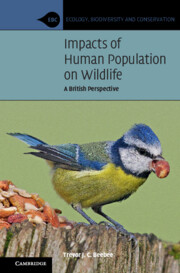Infectious disease is an important driver of extinctions and population declines. With a few exceptions, such as the fungal disease chytridiomycosis in frogs, disease is probably underestimated as a cause of both local and global extinction because it often co-occurs with other more overt drivers of extinction, and its signs can be easily overlooked. Here, we discuss issues around attributing extinction to infectious disease and overview key underlying factors. We then examine the extent to which anthropogenic influences, such as climate change, habitat destruction and exotic species introductions, are likely to lead to increased extinction risk in association with infectious disease. Finally, we discuss strategies to mitigate the threat of extinction due to infectious disease.


